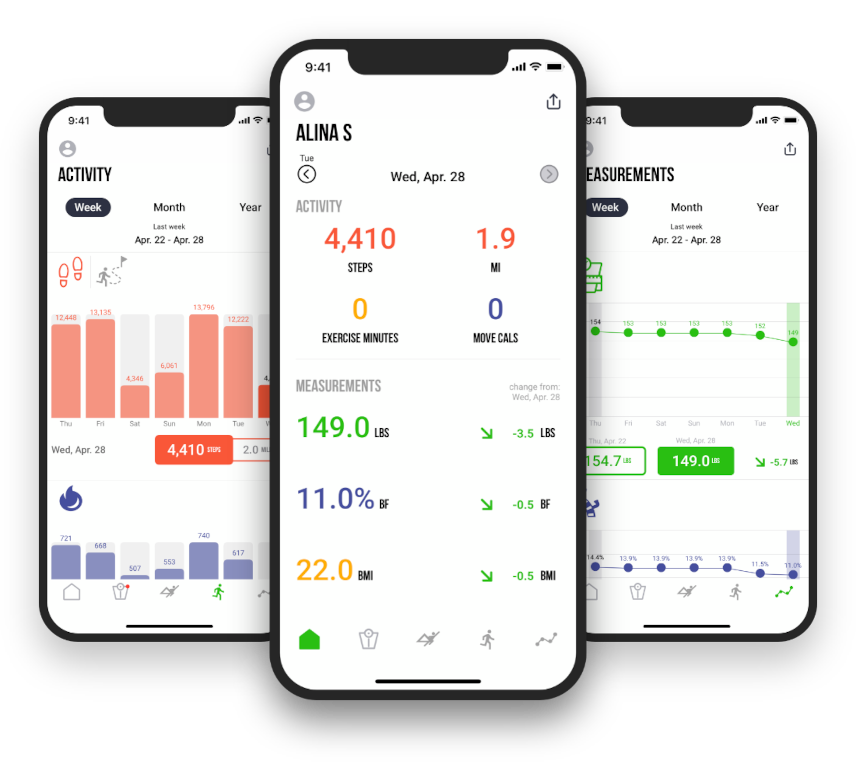Do you rely on technology to calculate your energy expenditure when exercising? More and more of us are succumbing to the satisfaction of seeing the results of your sweat session in a neatly concise figure of ‘kilojoules burned’.
However, according to new research, the standardised equations that we zealously use to predict or estimate energy expenditure, or kilojoules burned, assume that one size fits all, meaning that often these equations are counting too few kilojoules.
However, before you take up a fight with your treadmill, remember every cloud has a silver lining. Not only have you been burning more kilojoules than you thought, the study has also developed a new method of calculating energy expenditure that improves accuracy, making your kilojoules burned more precise than ever.
The study found that the leading standardised equations to measure energy expenditure, which have been in place for close to half a century, predicted too few kilojoules burned in 97 per cent of the cases examined.
The new standardised equation developed by researchers at Southern Methodist University, Dallas, is formulated to apply regardless of the height, weight and speed of the individual, and has proven to be two to three times more accurate for adults.
Peter Weyand, a researcher in the SMU Locomotor Laboratory of biomechanics, explained that the new equation achieves greater accuracy by incorporating the influence of body size, as well as drawing on a larger database for equation formulation.
More specifically, this new approach incorporates the influence of height on gait mechanics, taking into account, for example, the fact that bigger people burn fewer kilojoules on a per kilogram basis of their bodyweight to walk at a given speed or to cover a fixed distance.
Predicting energy expenditure is valuable in a variety of fields, including those focused on health, weight loss, exercise, military and defence, and professional and amateur physical training. The development of this new, more accurate equation could therefore prove highly useful.
Enhanced estimations of the rate at which kilojoules are burned assist in the prediction of a person’s aerobic power. The new metabolic estimates can also be combined with other physiological signals such as body heat, core temperature and heart rate to improve predictions of fatigue, overheating, dehydration, the aerobic power available, and whether a person can sustain a given intensity of exercise.
Source: Journal of Applied Physiology

